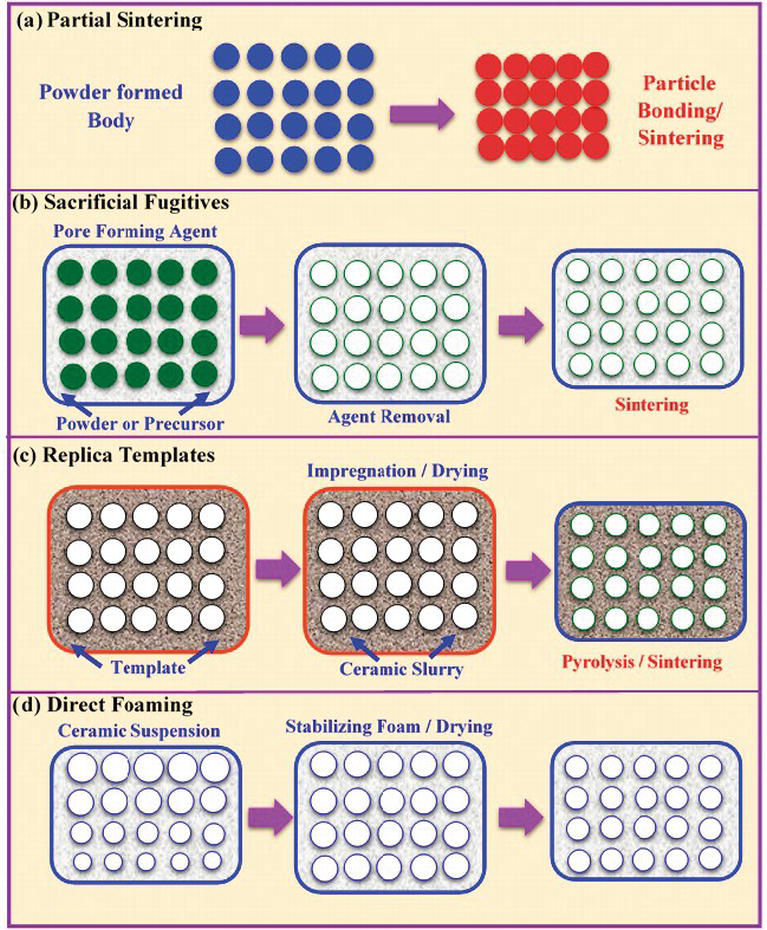The conventional process is used for treatment of h 2 s involving adsorption scrubbing and biological treatment at low temperatures 298 373 k.
Use of zeolites in preparing low temperature ceramics.
The actual nature of zeolite and c s h were shown to depend especially on kinetic factors time temperature and on the nature of the alkaline solution.
The method involves ion exchange of an appropriate zeolite powder followed by fabrication and sintering to form a dense ceramic.
The xrd patterns shows comparable values to reported ones for commercial zeolites and sem images revealed that the 13x zeolite was pure and exhibited octahedral.
Addition to c s h phases.
Zeolites as an adsorbent.
Zeolite lta also known as zeolite a na 12 al 12 si 12 o 48 27h 2 o has a three dimensional pore structure with pores running perpendicular to each other in the x y and z planes and it is made up of secondary building units 4 6 8 and 4 4 as an arrangement of β cage 4 8 6 6 pseudo cornershare via 4 4 structure units showing α.
The use of h 2 s at low temperatures is increasing in many industrial processes such as natural gas sweetening and the claus process.
These technologies have some both advantages and disadvantages.
The zeolite facies is generally considered to be transitional between diagenetic processes which turn sediments into sedimentary rocks and prehnite pumpellyite facies which is a hallmark of subseafloor alteration of the oceanic crust around mid ocean ridge.
They are well known in cavities of basalt having crystallized as a result of diagenetic or hydrothermal alteration figure 1 some zeolites completely replace rhyolitic tuff in saline alkaline lacustrine environments or through groundwater.
Zeolites are aluminosilicate minerals that occur as low temperature generally less than 200 c alteration products of volcanic and feldspathic rocks.
Zeolite facies describes the mineral assemblage resulting from the pressure and temperature conditions of low grade metamorphism.
Zeolites are inert and extremely durable.
There would need to be a chemical analysis of the particular zeolite s in use to determine the characteristics before it could be determined what level of heat is required to sufficiently remove lower levels of moisture.
They can withstand elevated temperatures heavy loads will remain free flowing immersed in water and will not disintegrate when exposed to air.
A novel synthetic route for fabricating dense aluminosilicate based ceramics at relatively low temperatures 1000 c is described.
Clay minerals have been used for the synthesis of zeolites as early as 1961 barrer and denny 1961 the first reported synthesis of zeolite a from kaolin was about 40 years back howell 1961 even though processing improves the quality of clay to some extent traces of impurity minerals still remain which affect the synthesis conditions and properties of the products.
It should also be noted that heating zeolites to very high temperatures can cause extensive structural damage.



























